Central Committee of the Polish United Workers' Party
But anyway, we've had our little giggle at the Capitalism v. Communism tussle, now onto the serious stuff. As you may know, after World War 2, Poland was in the process of rebuilding, but at the same time, Moscow's grip on the country grew ever stronger, especially between 1945-48. Houses were gradually being rebuilt, and people were trying to put their lives back together, but at the same time, pieces of socialist realist architecture began to appear in Warsaw - a real sign of the changing political landscape. The Communist Party HQ was one of the first to be built. Interestingly, construction was officially said to have been funded by the members of PZPR, but the reality is that the public purse financed it, along with a scheme for people to 'willingly' buy symbolic bricks (something people were forced to do!) as donations to aid the construction of this building and Poland's rebuilding process as a whole. Indeed, Warsaw's other famous Communist relic, the Palace of Culture and Science (PKiN) also benefited from this scheme. A little nugget for you - granite from the Tannenberg Memorial (formerly in Prussian Hohenstein, now modern day Olsztynek) was used here as building material. The Tannenberg Memorial was built in 1924-27 to commemorate German soldiers on the 10th anniversary of the second Battle of Tannenberg against Imperial Russia. Following his death in 1934, President of the German Reich, Paul Von Hindenburg was interned here until Nazi troops removed his remains as the Soviet Army advanced into Prussia in 1945. The structure was destroyed with demolition charges during a hasty retreat. The job was completed by Polish authorities in 1949 and part of what was left was carted to Warsaw.
Now, think of the importance this building once held as the place where the ruling party made all of their major decisions, or more to the point, where political puppets rubber stamped decisions already largely made by Moscow. It was to continue this way until the fall of Communism. In 2009, the building was registered as a listed monument, and though it doesn't function as a tourist attraction, it's still worth a visit to walk around and get a feel for the system, and architectural style, that once dominated Poland for so long.


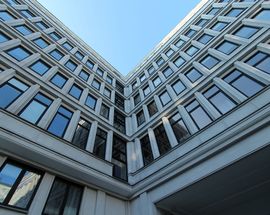
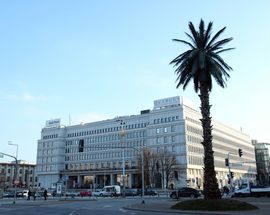
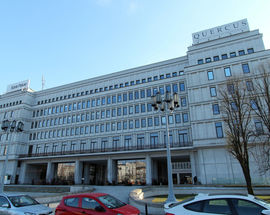
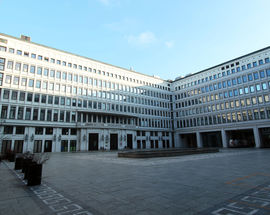
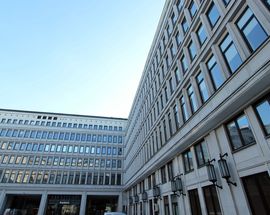
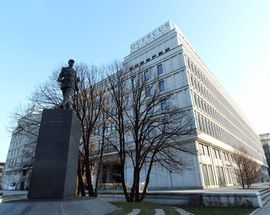

Comments